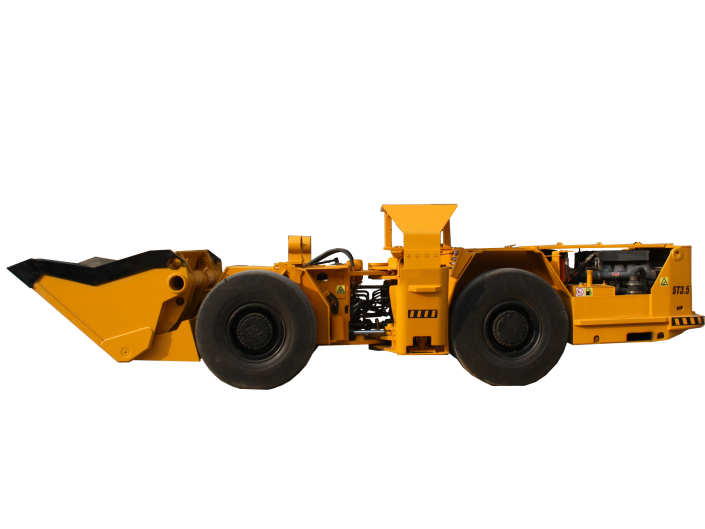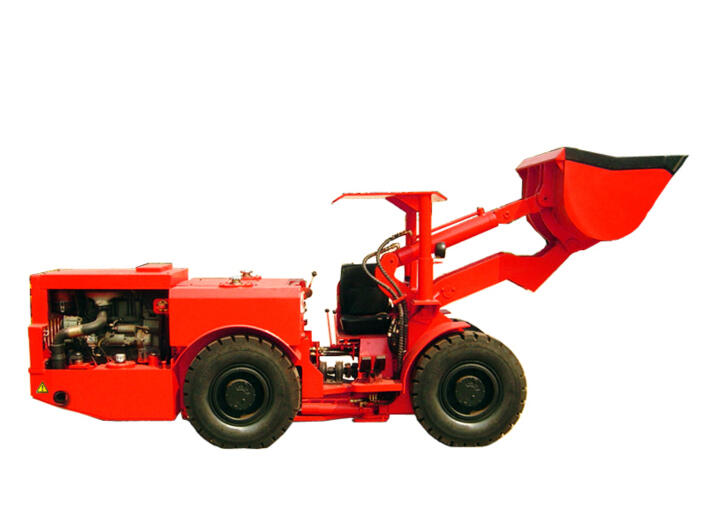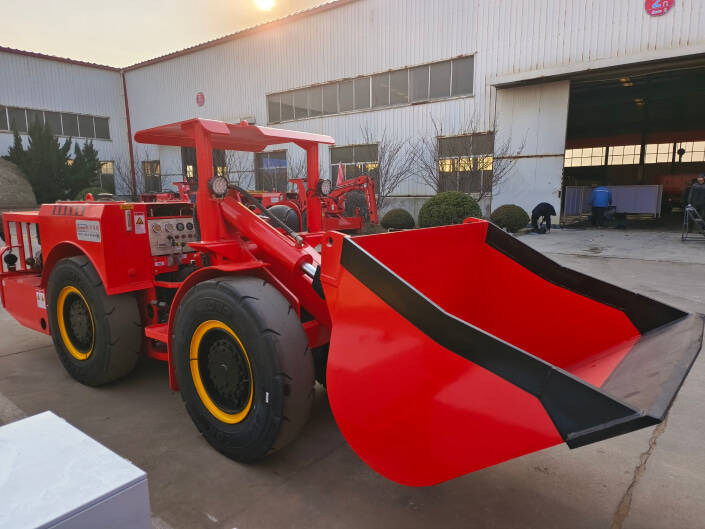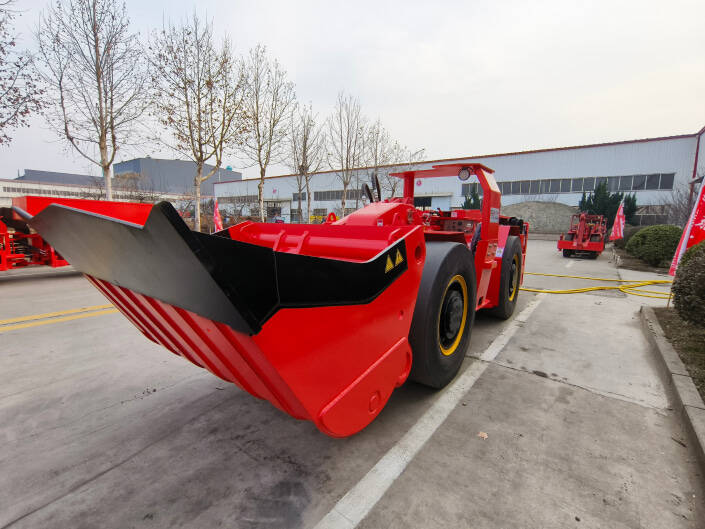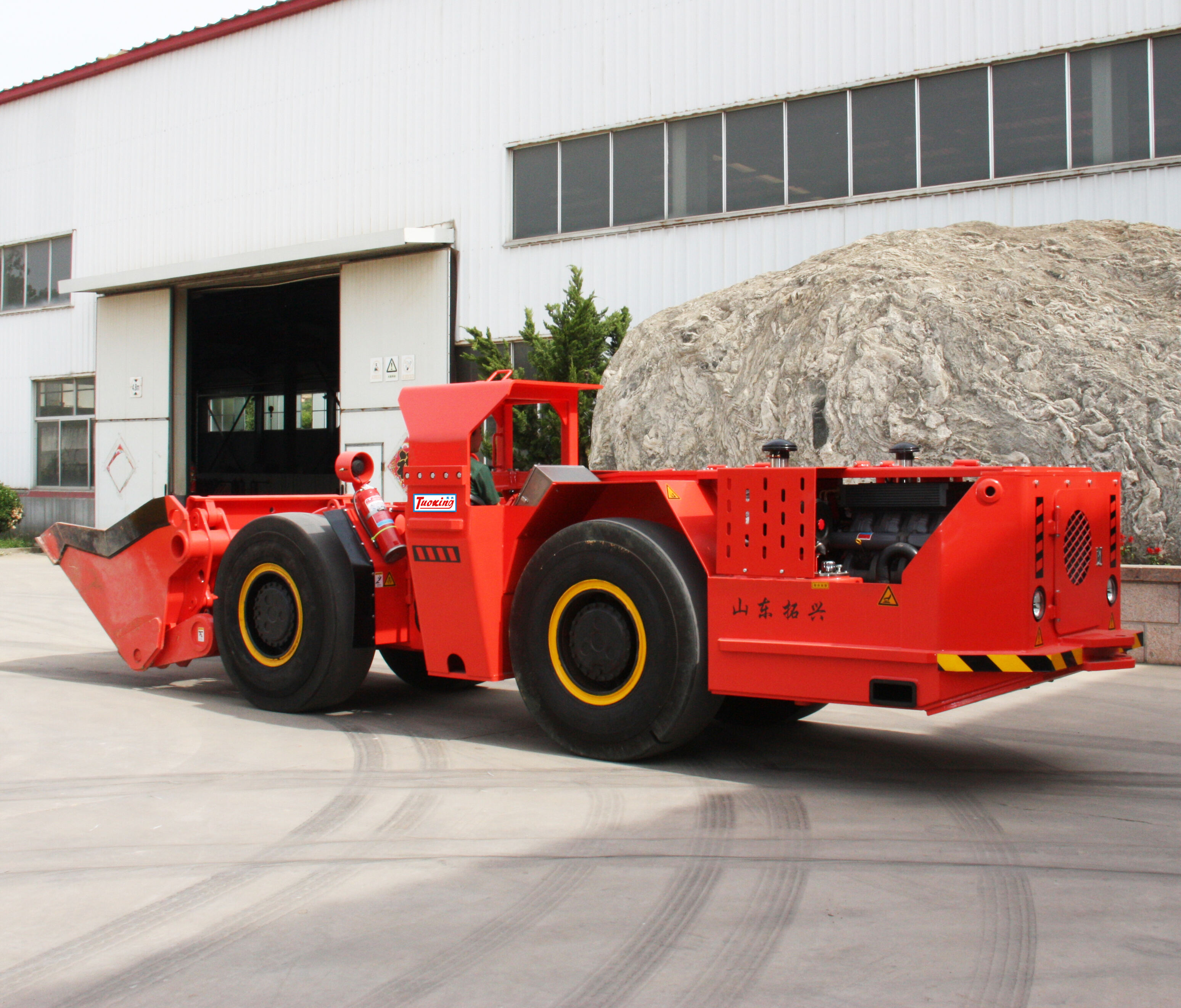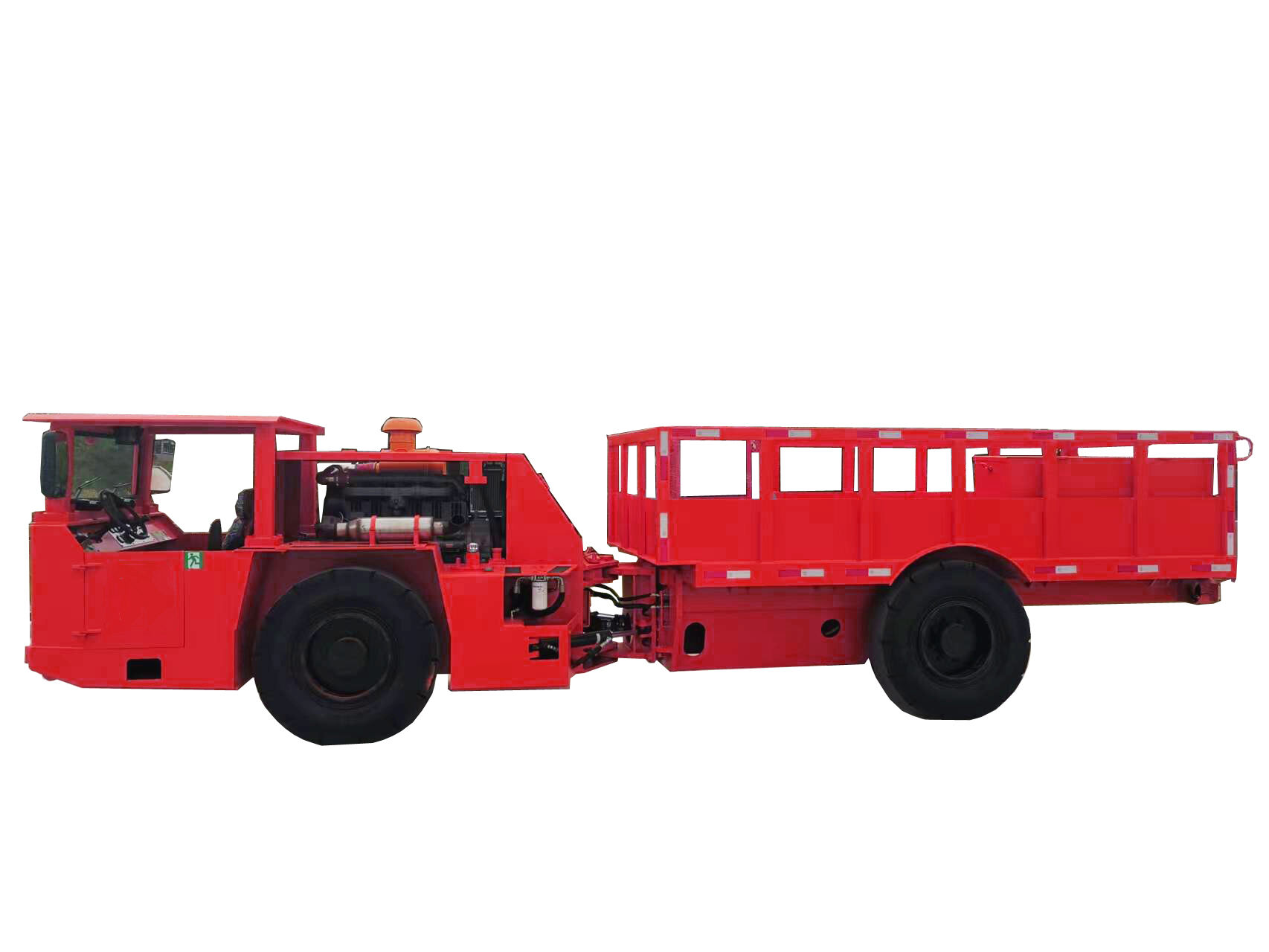surface mining and underground mining
Surface mining and underground mining represent two fundamental approaches to mineral extraction, each serving distinct purposes in the mining industry. Surface mining involves removing surface vegetation, soil, and rock to access mineral deposits near the earth's surface. This method employs various techniques including strip mining, open-pit mining, and mountaintop removal, utilizing advanced machinery like draglines, power shovels, and trucks. Surface mining is particularly effective for extracting coal, copper, and iron ore deposits located within 300 feet of the surface. Underground mining, conversely, involves creating tunnels and shafts to reach deeper mineral deposits. This method employs sophisticated technologies such as room-and-pillar mining, longwall mining, and block caving. Underground operations require extensive support systems, including ventilation networks, water management systems, and structural reinforcements. Both methods incorporate modern technologies like GPS guidance systems, automated equipment, and real-time monitoring systems to enhance safety and efficiency. These mining approaches are essential in extracting various minerals crucial for industries ranging from energy production to electronics manufacturing.

